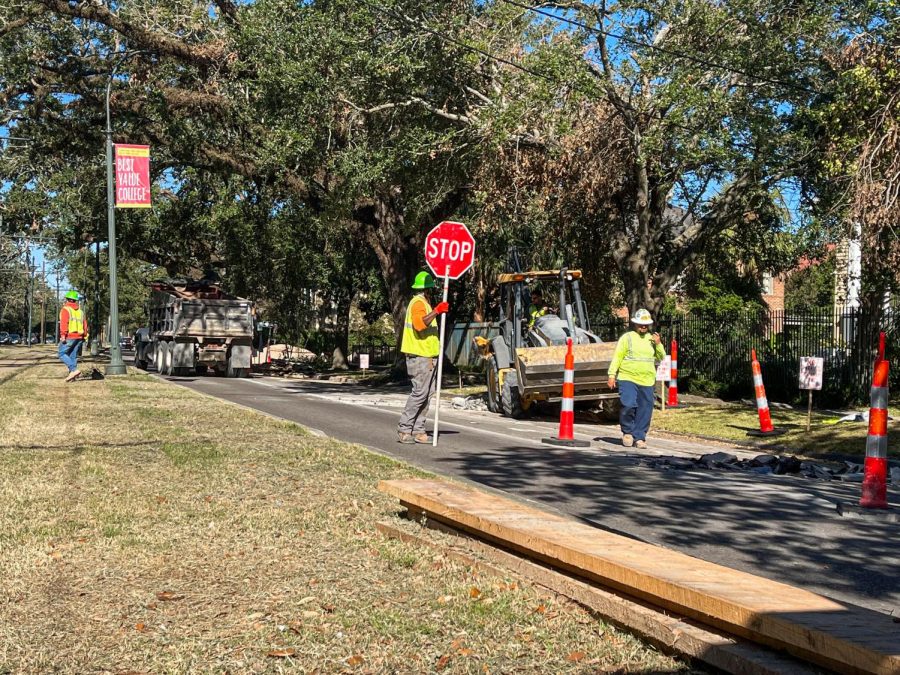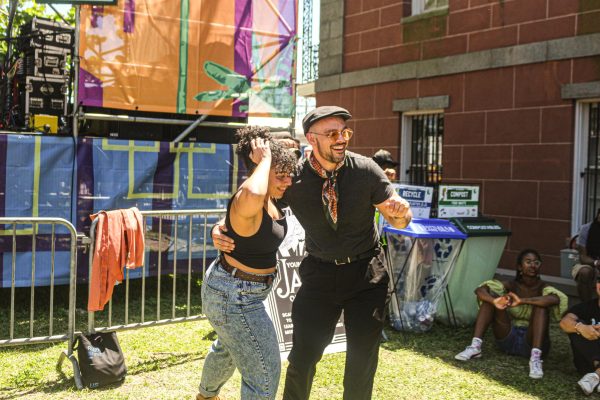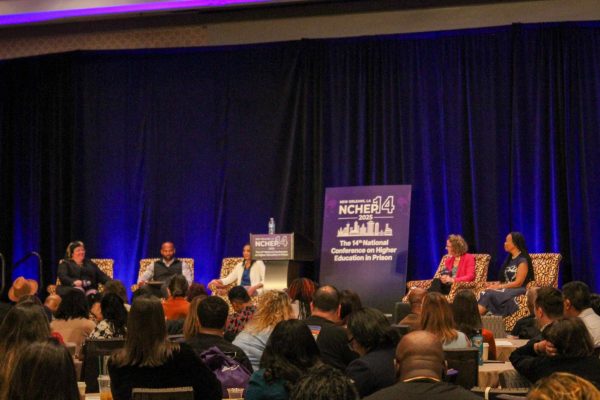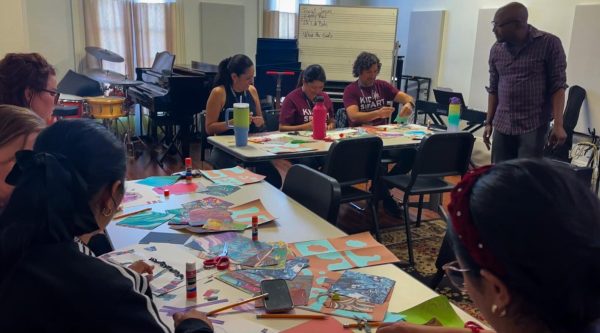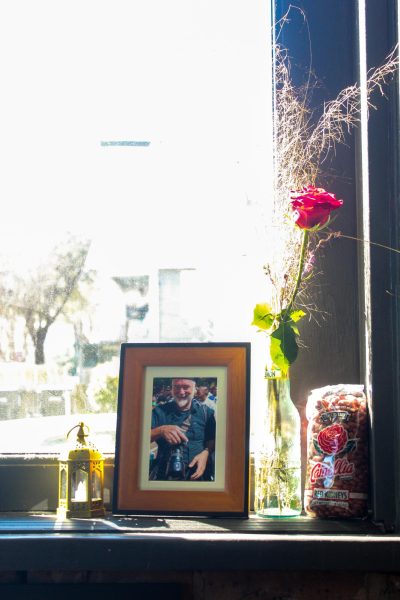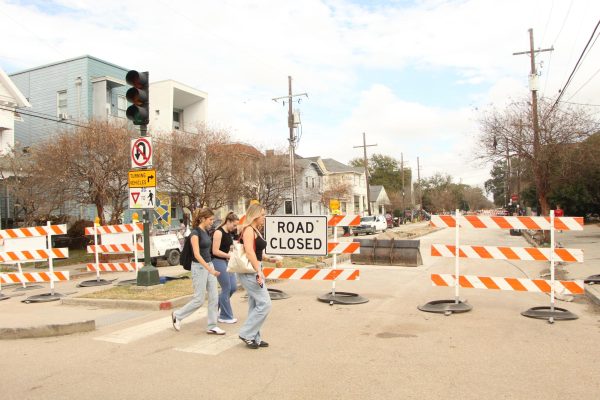Construction impacts physically disabled students
Loyola history senior and New Orleans native Analene McCullough said she has to emotionally prepare herself to face the hardships surrounding the construction near her home before school that include traffic jams, accidents, and broken traffic lights. As a disabled person, she cannot walk for extended periods due to the action placing much pressure on her body.
Individuals with disabilities find it difficult to access the sidewalks and streets at times due to construction projects, McCullough said. She said consideration of disabled people tends to be disregarded in the city leaving this community to encounter dangerous scenarios.
Road Work NOLA is in charge of city road construction projects. The Audubon Group A project that surrounds Loyola cost about $7.3 million and was expected to be completed in the summer of 2021, according to Road Work NOLA. The work included repaving asphalt roadways from curb to curb, replacing damaged underground drainage lines, and installing curb ramps compliant with the Americans with Disabilities Act at intersections.
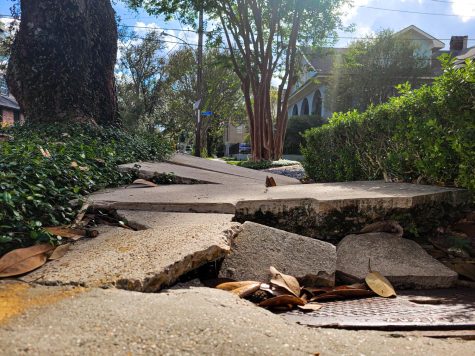
Loyola University New Orleans Accessibility Counselor Dario Bayardo said students with disabilities are not facing hardships alone. He urges them to advocate for change by coming together.
“There are other people who are being negatively affected. I would encourage them to contact the city to let their voices be heard so that the city knows that it is a bigger issue. It starts with the planning,” Bayardo said.
McCullough said when individuals complain, no actions are taken.
“There is the idea that you can write to your councilperson, but they often do not respond with anything other than a form letter, or if they do, the message is based around them stating ‘this is what is best for all of us,'” she said.
Sam Lucio, a Loyola class of 2020 graduate, who uses a wheelchair, recalls the hardships he faced with the New Orleans street and sidewalk infrastructure quality as complex.
“The sidewalks and streets are already really hard to get around on, just with how old and uneven they are. Whenever there is some construction, it is always someone looking at it and being like, ’Okay, what is the alternative route?’” he said.
McCullough said the New Orleans construction system needed modifications generations ago.
“I have lived here for 20 years, and my mother has lived here for 30 years. It has been the same way of the roads not getting fixed fast enough or taking too long to be fixed, and ultimately, in the end, the work does not result in good improvements,” she said.
Some members of the Loyola community said they feel that improvements should be made to the New Orleans’ construction system. The underlying component is individuals with disabilities receiving fair accessibility.
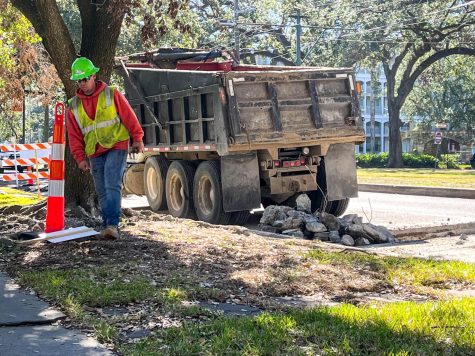
According to the Americans with Disabilities Act, companies handling new construction must provide a path of travel to disabled individuals.
McCullough said to ensure compliance with this law, construction companies must take accountability.
“It is just a constant case of them forgetting about how many people are taking these routes, and they are doing [construction work] all at once to try and solve the problem. However, they are creating more problems,” McCullough said.
Loyola’s Office of Accessibility encourages students to download the mobile application Aira that uses verbal communication to aid individuals with disabilities in enhancing their efficacy in everyday life, Bayardo said.
“With our contract, we had somebody come through with a camera system similar to Google Maps and mapped everything out,” Bayardo said. “The app could help people with limited mobility but also people with low vision.”
McCullough said she views this as a helpful tool.
“If people use these kinds of things, I feel that we can find a way to travel our city better as a community,” she said.


